I thought this would be simple but I'm having real difficulty. I could use excel or R, whatever gets it done. I just need to know when these curves pass a certain value.
I tried adding in an extra line to my charts to see if there was an intersect function but no.
Years Y
10 0
20 0
50 5.54
100 21.81
200 46.24
500 71.96
1000 84.74
1500 89.63
2000 91.94
I need to know where this curve crosses 90
Years Y
10 1
20 0.96
50 0.28
100 0
200 0
500 0
1000 0
1500 0
2000 0
I need to know where this curve crosses 0.01
Edit in case it helps (not from OP):


